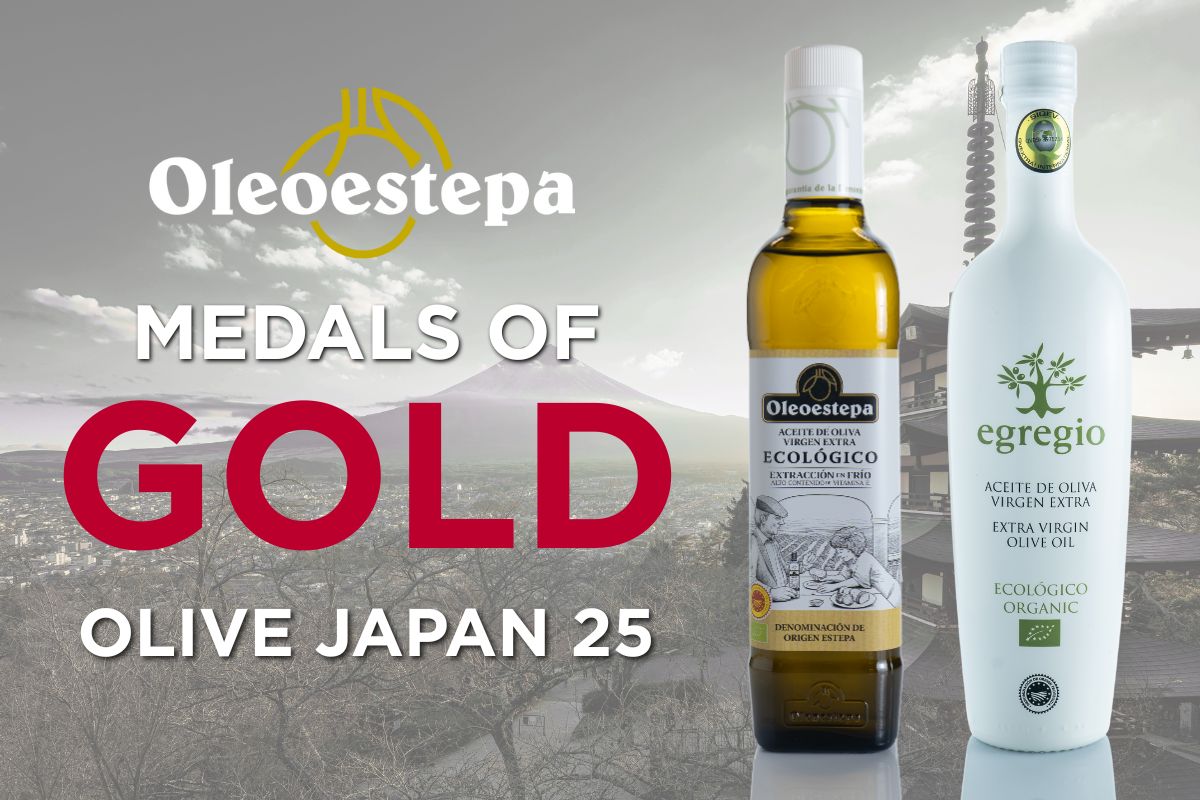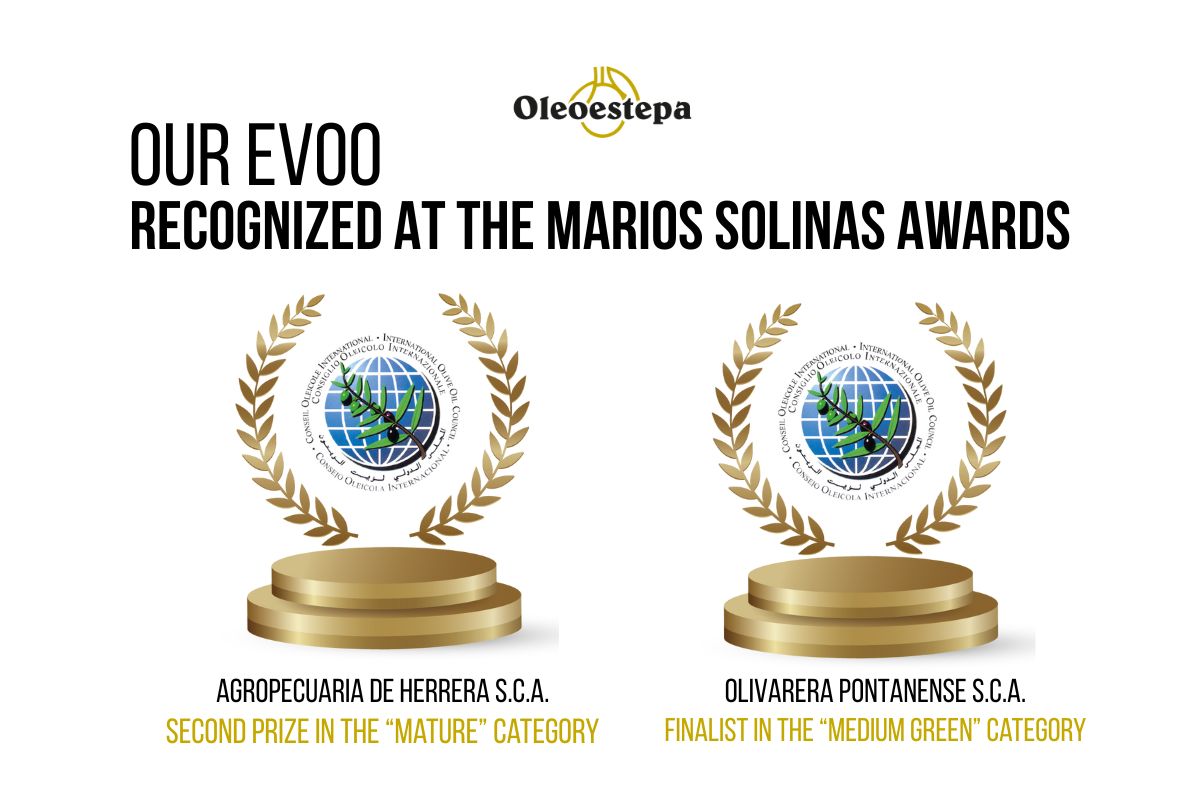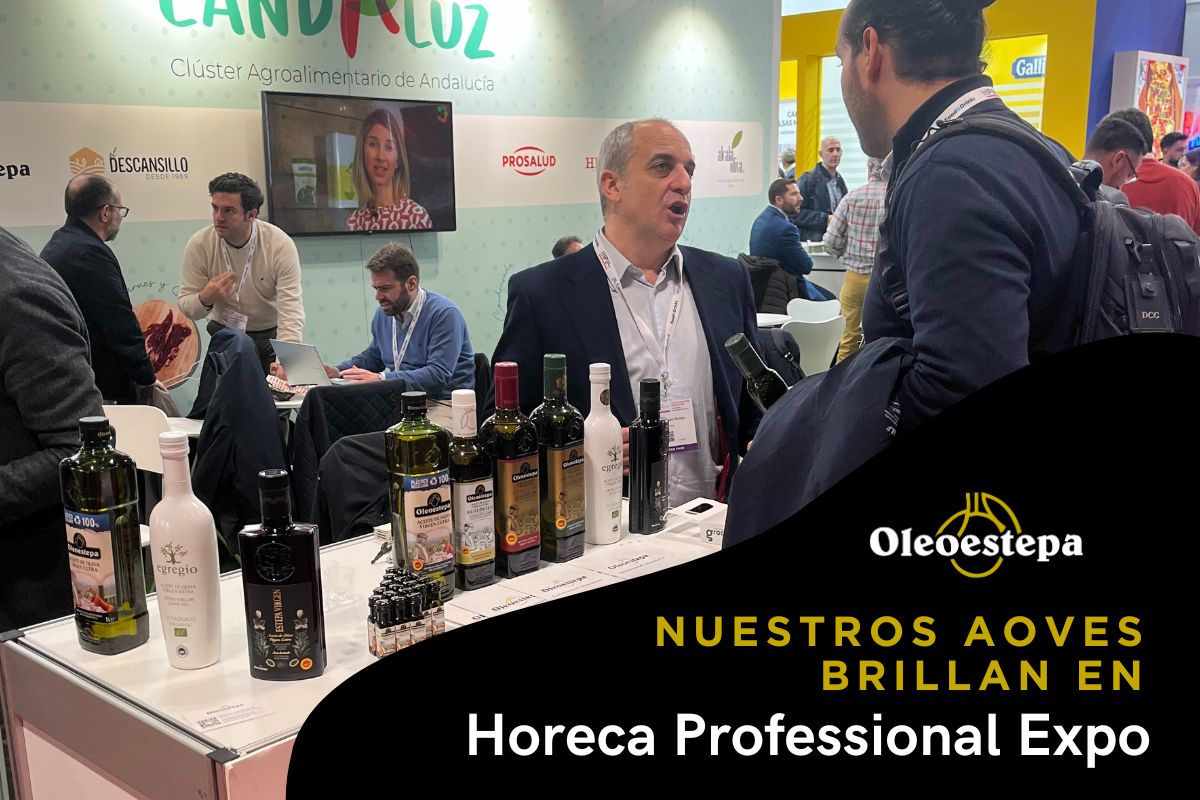It is not unusual for a day to go by without someone asking us if Oleoestepa extra virgin olive oil is first cold pressed. The answer is already recurrent: no, our oils are cold-pressed. And we already tell you that it is not the same thing. The main difference comes from the way the olive oil is extracted. While the press is an old and disused method, the extraction is the practice that allows the technological advances in the existing machinery in the current associated oil mills.
In short, although they seem to refer to the same thing, they are different production processes. We tell you the differences.
First cold pressing
This is the traditional system used since ancient times. In these ancient mills, the olives were crushed (broken in mills, usually stone mills) to form a paste. In the pressing phase, the solid part was separated from the oily paste, and this paste was placed on capachos (porous esparto discs) stacked one on top of the other and pressure was applied to it in order to extract the liquid inside. This liquid was a mixture of oil and vegetation water. It is a discontinuous system since these two phases are clearly differentiated: grinding and pressing.
If this process was carried out without the olive paste being heated above 27ºC, the resulting oil was first cold pressed.
This traditional process, although natural, was notable for its lack of hygiene and slowness in the process, which had a very negative effect on the final quality of the oils obtained.
Cold extraction
Nowadays, the new technologies applied in the oil mill allow a new system of obtaining the olive juice. The modern extraction system is based on a centrifugation process through industrial machinery, which achieves greater efficiency, safety, hygiene and, of course, quality with respect to the press system, preserving more organoleptic properties and health benefits.
That is to say, the current extraction is not carried out through a press itself, but thanks to the centrifugal force applied on the mass obtained after grinding the olives. Below we describe the phases that make up the current extraction system.
1. Crushing: The olive is crushed in order to extract the oil.
2. Beaten of the mass: The paste resulting from the milling is beaten to gather the greater number of drops of oil dispersed in the milled mass.
3. Centrifugation of the paste: The oil is separated from the olive by the effect of the centrifugal force that increases the differences between the specific densities of the oil and the “alperujo”.
4. Centrifugation of the liquids: The oil is cleaned by separating it from the humidity that may remain from the previous phase, and removing fine solids considered impurities.
5. Decanting: The oil is separated from the water and the impurities that have not been separated in the centrifugation processes.
If this whole process is carried out below 27 degrees, the oil obtained will be of cold extraction.
So, which is better?
Contrary to the popular belief that “any time in the past was better”, in the field of olive oil production technology is a great ally in the purpose of obtaining high quality extra virgin olive oils. Thus, thanks to modern production systems, the current extraction process is superior in all aspects to the traditional one, which allows “cold extraction” extra virgin olive oils to have greater organoleptic properties than “first cold pressed” oils.
In the case of the oil mills associated to Oleoestepa, all of them have implemented a continuous centrifugation production system that allows the cold extraction of the olive juice.
If you wish to know our cold extraction extra virgin olive oils, please visit the Products section.




